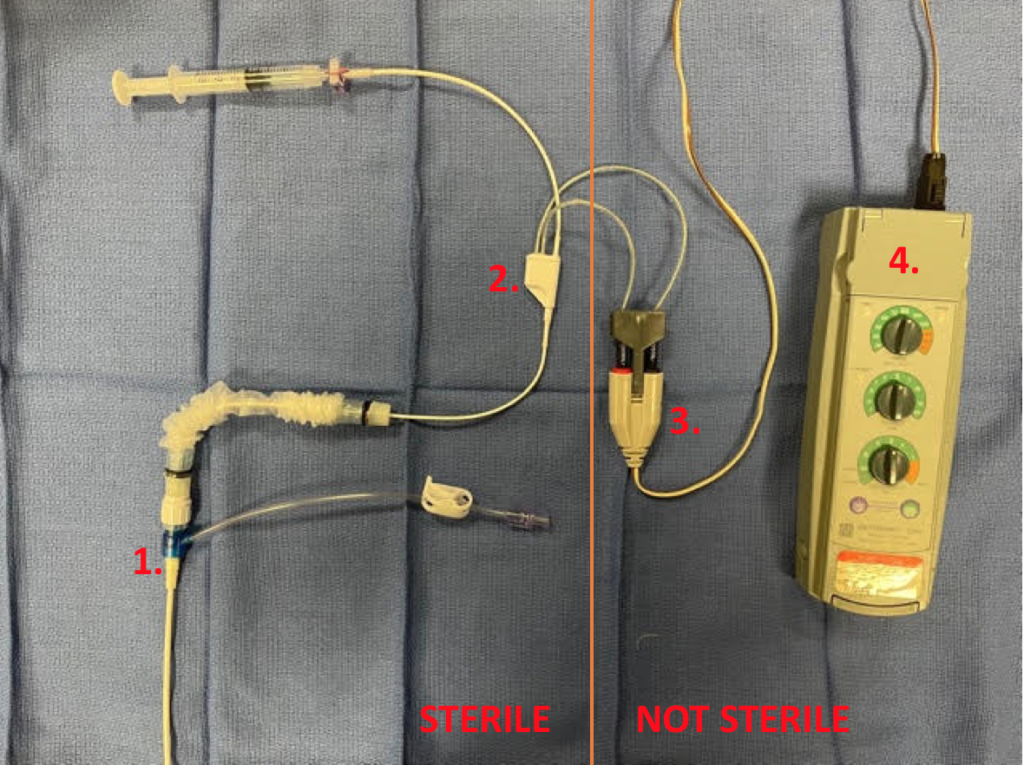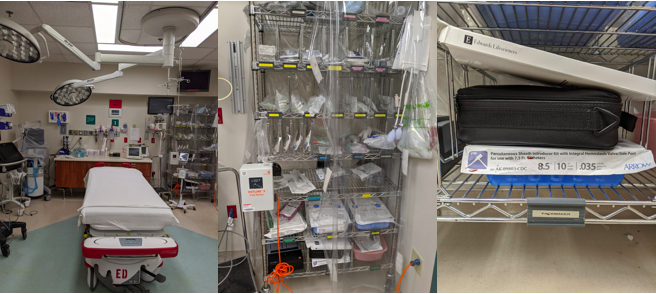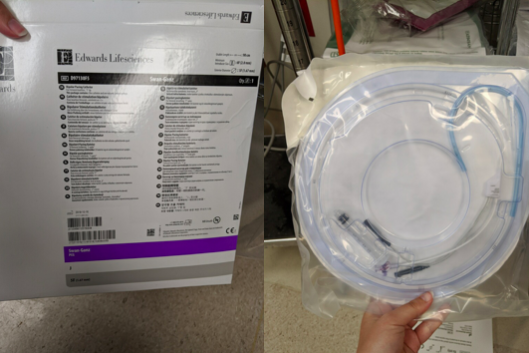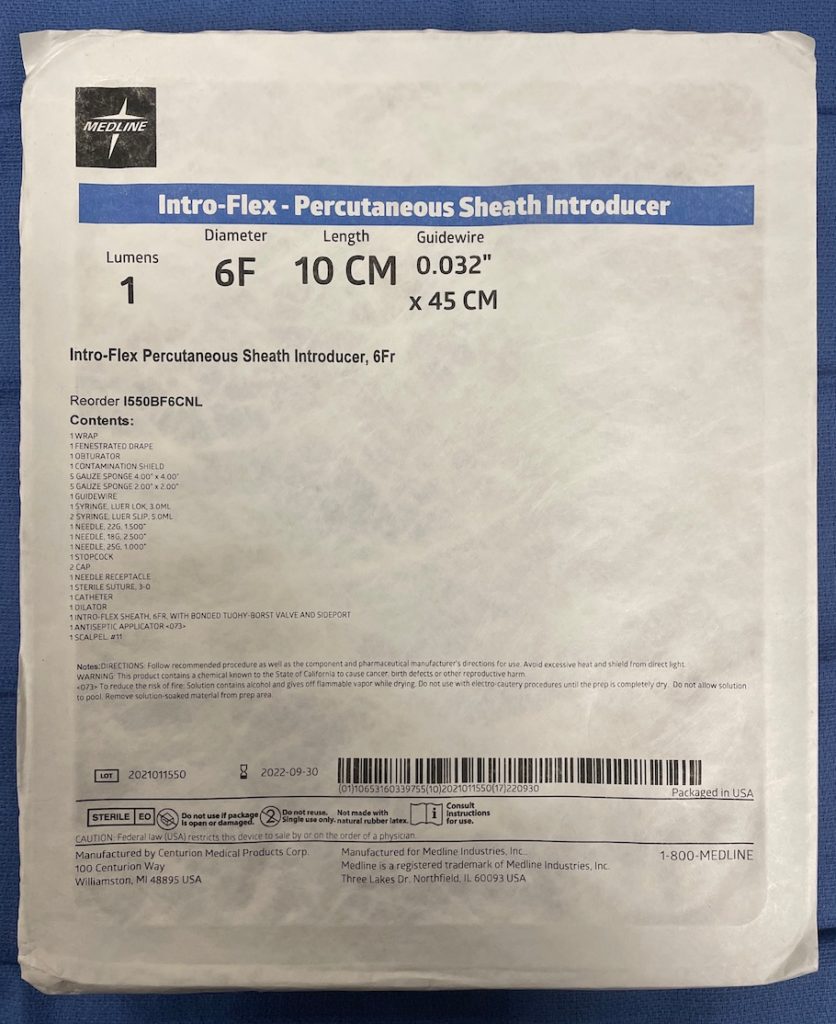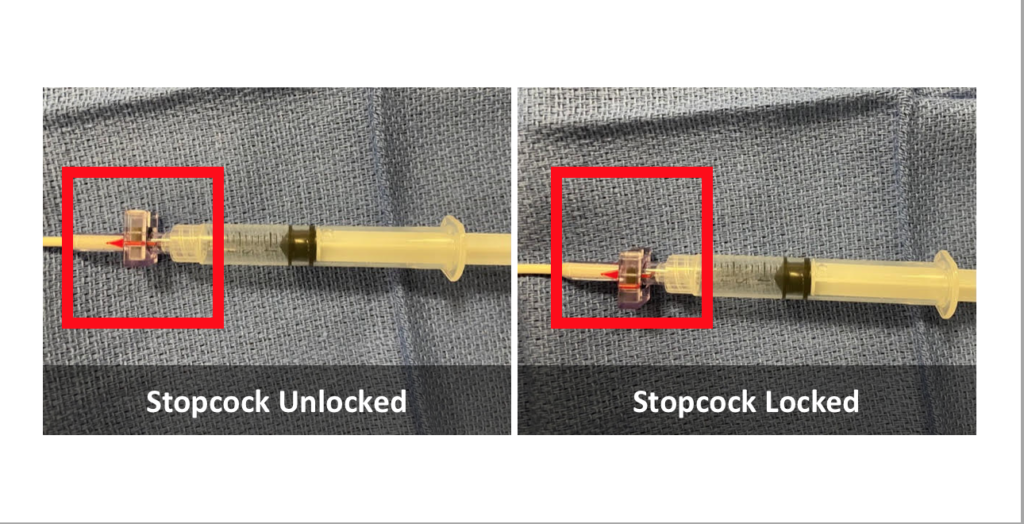A FAQ by many in the department, whether it be out loud or kept silently in our hearts, is “How much pain meds can I/should I give the patient?” I came across this question frequently last month on my teaching elective. Whether from an intern who doesn’t understand their MD powers yet, from an upper level second-guessing or verifying their decision, or from myself second-guessing my own decisions, how much pain meds to give is a common question. Hydrocodone/Norco and Oxycodone/Percocet come in 5, 7.5, and 10mg (+/- the 325mg acetaminophen). But how much should one give? And when can one give dilaudid? Or Morphine? And how much? The simple answer is: it depends. It depends on what they normally take at home. It depends on the injury and your assessment of the patient’s pain. It depends on their allergies. It depends on so many factors. Can they take PO or do they need IV? With all these questions and variables, it’s good to break it down into levels or treatment.
Basic non-narcotics (these are your simple household names everyone knows and loves): Ibuprofen 400-600mg, Tylenol 500-625mg (Chronic liver disease patients can take tylenol, Max 3g per day. Just don’t give it in acute liver failure). Can also give tylenol IV and rectal. IV gets bad rap for being “super expensive.” While it is expensive compared to PO, it is not the >$1K some med schools generally teach people (closer to $40, expensive compared to PO which is <<$1). Thus totally okay for a dose if needed.
Next Level non-narcotics and adjuncts: Toradol 15-30mg IV or IM (studies suggest 10-15mg is plenty and above that doesn’t add much more than side effects. No need for the 60mg order in Cerner), Cyclobenzaprine 10mg (don’t order 5mg, nurses will hunt you down and make you split the pills yourself because they only come in 10mg tabs), other muscle relaxers (there’s plenty to choose from, great in those car accident patients with sore neck/back/muscles). There’s also Gabapentin as well as other less common options, but for now let’s stick to more of the basics.
Narcotics: PO you have a few options but staples are Oxycodone/Percocet and Hydrocodone/Norco. There is MS contin but just give that to people already on it (Onc patients). When deciding how much to give, if patient is taking it at home it is appropriate to give their home dose. You can always give more later, looks bad if you have to give Narcan because you gave too much. Just watch out for the amount of Acetaminophen given. It’s more than appropriate to give someone 2 Norco 5mg tablets to get 10mg hydrocodone and full dose of 650mg Acetaminophen, just dont give more Norco if they need further meds, consider Oxycodone or hydrocodone alone. If they aren’t on narcotic meds at home, always appropriate to start low and increase from there. Again, can always give more, harder to take it away.
In terms of IV, go-to options are morphine, dilaudid, and Fentanyl. Morphine 2mg or 4mg are generally safe starting dose, 2mg better for the older and narcotic-naive patients needing something a little extra. Dilaudid 0.5mg is generally lowest dose but can do 0.25mg if you really want to. If patient appears in a lot of pain (broken bone, appendicitis, diverticulitis, etc) then 1-2mg is appropriate. This is all at the physician’s discretion, but again, can always give more, so safer to start with 0.5-1mg and can give more from there. Fentanyl dosage is generally 50-100mcg, it is fast on, fast off, great for room 9 when you want something fast to help with pain. Can always then give something like dilaudid that lasts longer but takes a little longer to kick in.
Other Option: Ketamine 0.3mg/kg (generally 20-30mg) IV is a great pain dose, just don’t give too much and sedate em.
When considering how much to give of each and/or when switching between drugs, it is important to remember their strengths compared to one another. Refer to the tables below. But in general, 0.5mg dialudid IV is about 4-5mg of morphine IV. Oxy PO is 1.5x the strength of hydrocodone PO (only in 2nd chart). 5mg of Oxy PO is about 3.75mg morphine IV (assuming their gut is working…). One common thing people do is they give 2-4mg morphine IV and it doesn’t do enough for the pain so they give 1mg dilaudid next. That’s basically giving the patient greater than or equal to 2x the original dose, would be better to simply repeat first dose or switch to equivalent dilaudid dose (4mg morphine -> 0.5mg dilaudid). Lastly, remember Fentanyl is in micrograms, it is generally the only pain med we deal with that isn’t described as in milligrams.


![Room9er ["Room Niner"]:](https://room9er.com/wp-content/uploads/2020/03/cropped-Screen-Shot-2020-03-08-at-3.16.16-PM.png)
